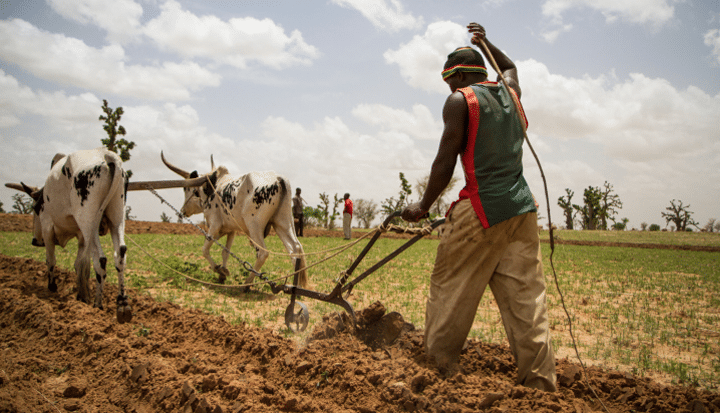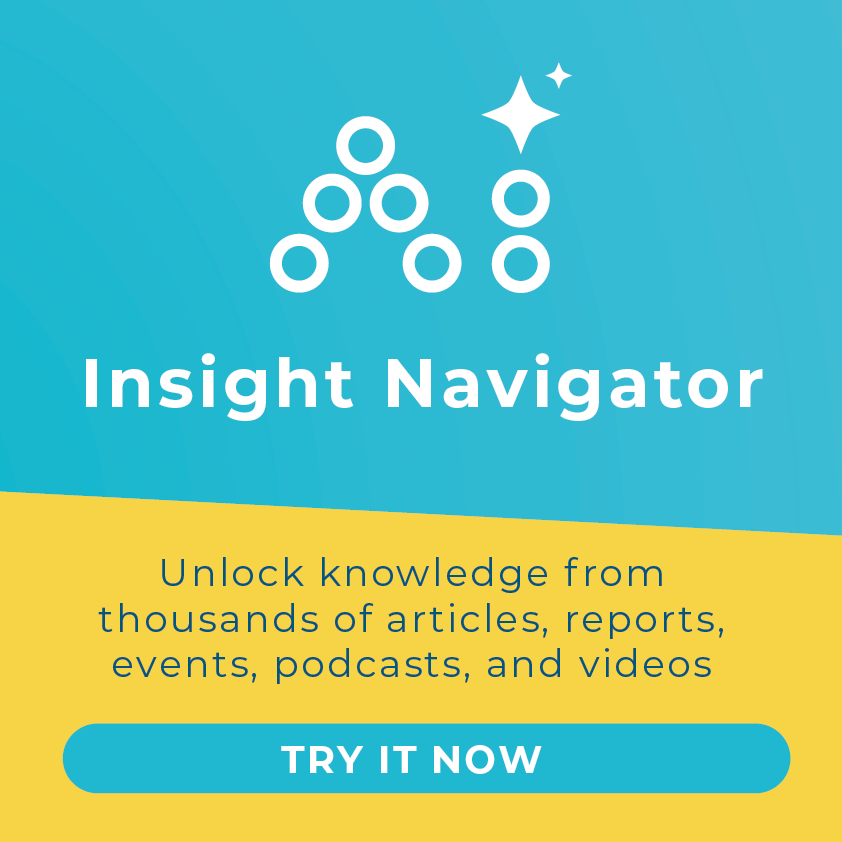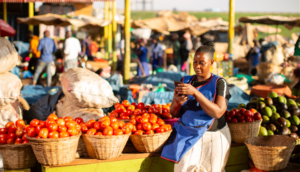One of the main bottlenecks to the development of Africa’s rural economy and agriculture sector is an often divergent agenda from the government, private sector, researchers and NGOs. Someone needs to “connect the dots” to enhance synergy, and avoid contradictory advice for farmers.
East and Central Africa face many complex agricultural problems that no single actor can solve on their own. Researchers, farmers, policymakers, the private sector and development partners all provide a piece of the puzzle, whether this is a scientific innovation, a helpful policy, or access to a ready market for food produced.
To identify innovative ways to work together that benefit each of these actors or “stakeholders” in East and Central Africa, research and innovation platforms have been set up in Uganda, Kenya, Ethiopia, Burundi, Rwanda and the Democratic Republic of Congo, which are already changing the Agricultural Research for Development landscape in these countries, detecting several strategies for improved agricultural production.
In Uganda, for example, as a result of these multi-stakeholder platforms, the private firm SESACO has begun to work in partnership with farmers to process soybeans into different soy products, such as nutritious soya milk. Originally, the company had been contacted by the Humidtropics Uganda Team in an effort to find a market for the soybean, but was in fact able to pass on expertise to the farmers that opened up a market for a whole new product. After receiving this training to process soybeans, farmers have shown increased demand for soybean seed. A soybean breeding program at Makerere University has also been involved in providing training to farmers to help them produce their own clean seed in order to meet the increased demand for this seed.
Since soybeans fix nitrogen to the soil, cultivating this plant has given Ugandan farmers the added benefit of improving yields of other staple crops such as maize and cassava, as when planted alongside soybeans, the crops have increased access to this vital nutrient. The integration of soybean in existing cropping systems provides opportunities for enhanced farm income (by selling the soybean on the market), can provide fodder for livestock (a key reason why many people do not invest in cattle), and can improve soil fertility (a key problem in the densely populated highlands of central Africa). Furthermore, products such as soya milk are highly nutritious. Consequently, this innovation can have multiple advantages for farmers, and the private company who now have an access to a guaranteed quantity and quality of soybean.
As the various CGIAR Research Programs and Centers meet in New York to showcase how our work and experiences can contribute to the proposed Sustainable Development Goals that will replace the Millennium Development Goals set to expire next year, the need for partnerships and collaboration across sectors is a crucial lesson our work has uncovered, and is essential if we are to meet the ambitious goals of eradicating hunger and poverty.
Aligning the interests of governments, NGOs, the private sector and farmers is going to be vital in order to foster developed agricultural markets in East and Central Africa. And this experience of Uganda’s fledgling soybean industry is a good example of how multi-stakeholder platforms achieve this.
Humidtropics is a CGIAR Research Program led by IITA. It seeks to transform the lives of the rural poor in tropical America, Asia and Africa, and uses integrated systems research and unique partnership platforms for impact on poverty and ecosystems integrity. Research organizations involved in core partnership with Humidtropics are AVRDC, Bioversity, CIAT, CIP, FARA, icipe, ICRAF, IITA, ILRI, IWMI, and WUR. humidtropics.cgiar.org
CGIAR is a global agricultural research partnership for a food secure future. Its science is carried out by the 15 research centers who are members of the CGIAR Consortium in collaboration with hundreds of partner organizations. www.cgiar.org










